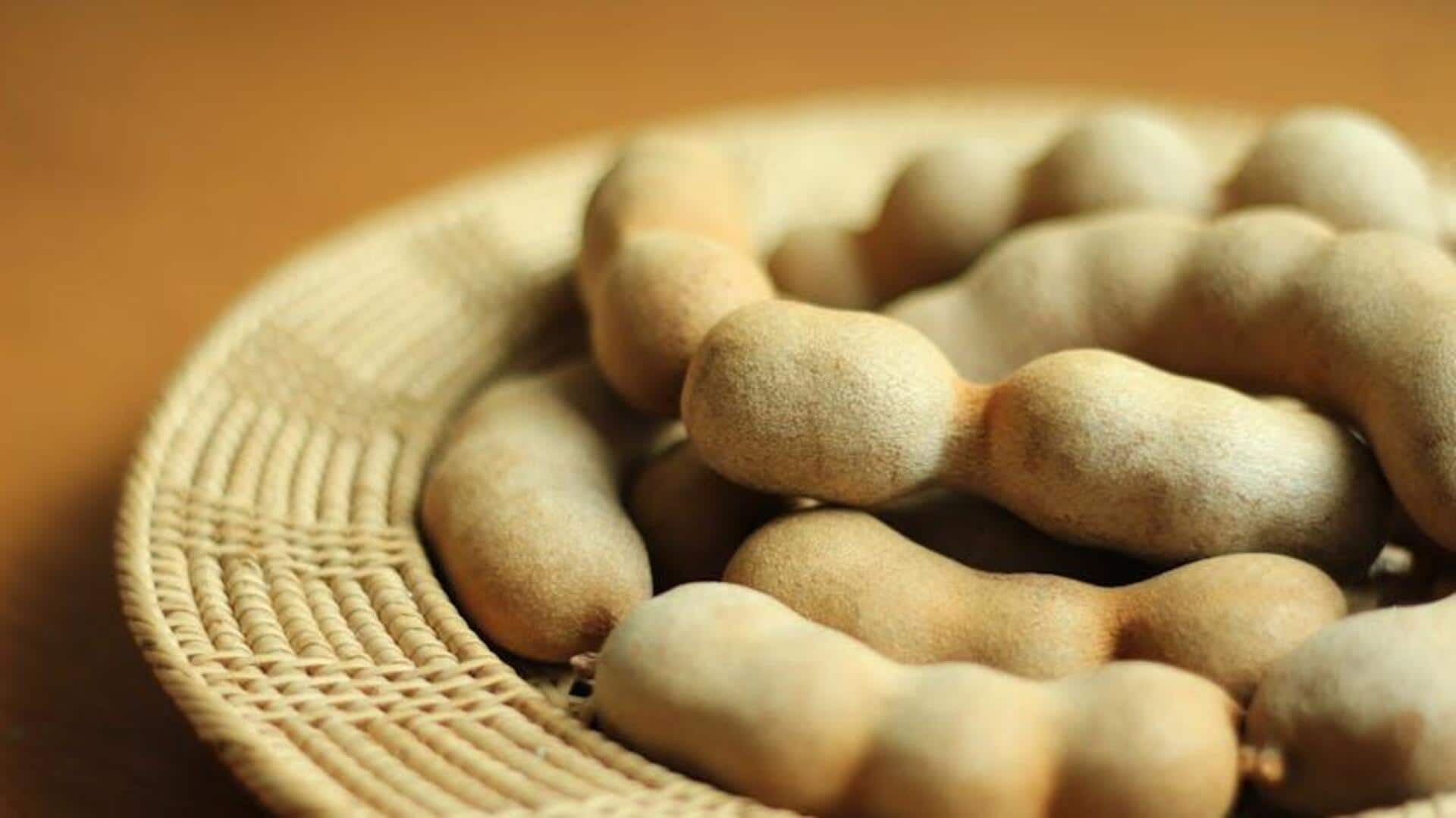
5 surprising uses of tamarind fruit
What's the story
From tangy to sweet, African tamarind fruit makes for an excellent ingredient. However, this fruit isn't just an ingredient in delicious dishes, but is also a part of folk medicine and other interesting applications. Its unique characteristics make it an important resource in different areas. Here are five unique ways you can use this fruit, far beyond just an ingredient in your recipes.
Skincare
Natural skin exfoliant
The pulp of African tamarind fruit has alpha hydroxy acids that naturally exfoliate the skin. The acids help in removing dead skin cells, resulting in a smoother and brighter skin. Many skincare products use tamarind extracts for their ability to improve skin texture without the use of harsh chemicals. If used regularly, they can improve skin tone and reduce blemishes.
Health benefits
Traditional medicine remedy
In traditional medicine, African tamarind has been used to treat various ailments, from digestive issues to inflammation. The fruit's high vitamin C content boosts immunity, while its anti-inflammatory properties help alleviate pain and swelling. It is often consumed as a natural remedy for common colds or digestive discomforts, making it a staple in many herbal treatments.
Textile use
Natural dye source
The vibrant color of the African tamarind pulp makes it an excellent source of natural dye for textiles. Artisans use it to create rich hues on fabrics without relying on synthetic dyes that may harm the environment. This sustainable practice not only preserves cultural heritage but also supports eco-friendly fashion initiatives by providing an alternative to chemical dyes.
Culinary use
Flavor enhancer in cooking
African tamarind is popularly used as a flavor enhancer because of its tangy flavor that pairs perfectly with sweet and savory dishes. It deepens the flavor of sauces, soups, and desserts with its unique sourness that is balanced by a hint of sweetness. Chefs across the world love this fruit for its ability to enhance flavors naturally without overpowering other ingredients.
Agriculture
Fertilizer component
The seeds of the African tamarind are commonly ground into powder and used as an ingredient in organic fertilizers. Nutrient-dense with elements like phosphorus and potassium, they play a key role in boosting soil fertility when added as compost or mulch material around plants. This aligns with sustainable agriculture as it improves crop yields without depending on chemical fertilizers.